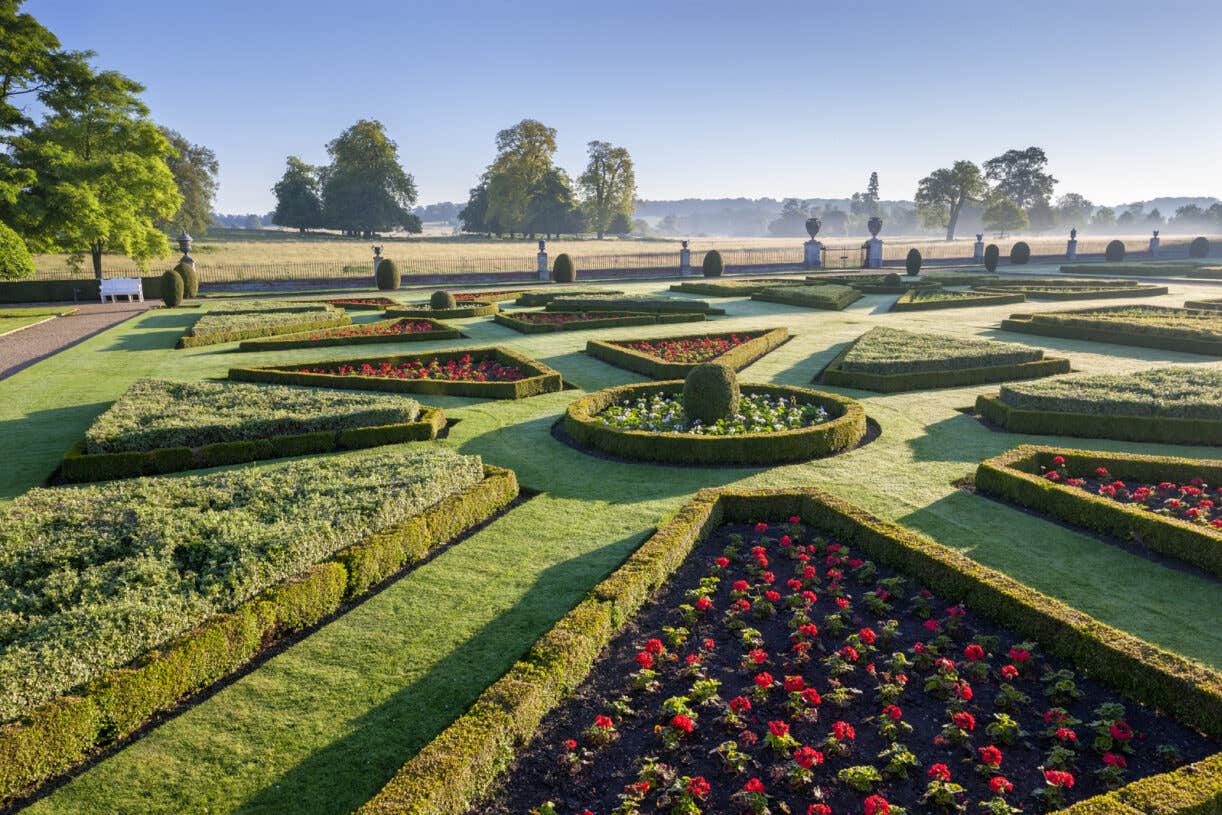National Trust garden to be redesigned due to stress from extreme weather
The conservation charity said the garden is also increasingly unsustainable in its need for irrigation and regular replacement of plants.

Your support helps us to tell the story
From reproductive rights to climate change to Big Tech, The Independent is on the ground when the story is developing. Whether it's investigating the financials of Elon Musk's pro-Trump PAC or producing our latest documentary, 'The A Word', which shines a light on the American women fighting for reproductive rights, we know how important it is to parse out the facts from the messaging.
At such a critical moment in US history, we need reporters on the ground. Your donation allows us to keep sending journalists to speak to both sides of the story.
The Independent is trusted by Americans across the entire political spectrum. And unlike many other quality news outlets, we choose not to lock Americans out of our reporting and analysis with paywalls. We believe quality journalism should be available to everyone, paid for by those who can afford it.
Your support makes all the difference.A garden at a National Trust estate is to be redesigned after its plants were put under stress by increasingly extreme weather conditions.
The 1.3-acre parterre – a formal series of box-hedged triangular beds planted with annual bedding plants and bulbs – at Wimpole in Cambridgeshire is much loved but the National Trust said the planting scheme is under stress from cold winds, drought and increasingly extreme weather conditions.
The conservation charity said the garden is also increasingly unsustainable in its need for irrigation and regular replacement of plants.
It has appointed a landscape architect team to make it a more sustainable, climate-resilient and biodiverse planting scheme.
Tom Fradd, head gardener at Wimpole Estate, said: “Wimpole is recognised for its leading climate change initiatives and sustainable estate management projects.
“We now need to create a garden that can withstand significant temperature changes, where there’s less need for watering and replacing plants and, therefore, a lower carbon footprint.
“The newly designed parterre will also be less susceptible to pests and disease, improve the condition of the soil and reduce the stress from the extreme weather conditions that are becoming more prevalent in East Anglia with the changing climate.
“Along with reinforcing the garden’s sustainability, we also hope the new parterre design will be more biodiverse than the current scheme.”
The National Trust said the first parterre at Wimpole was created in the 17th century but swept away when fashions changed in the 18th century, according to its research.
It was partially revived in the 19th century before being lost again.
Andy Jasper, National Trust director of gardens & parklands, said: “When the National Trust took on the care of Wimpole, the parterre had been lost for several decades.
“The scheme we have today was created in the 1990s to replicate what had been there in the 19th century.
“The formal design was very effective but is getting harder to maintain so it’s time for a bold, pioneering new chapter.”
Work on the parterre is expected to continue over the next two years, with the landscape architect team including garden designer and Gardeners’ World presenter Arit Anderson.
Marian Boswall Landscape Architects, Davies White Landscape Architects and Nigel Dunnett, professor of planting design and urban horticulture, who together with Ms Anderson are founders of a not-for-profit organisation called the Sustainable Landscape Foundation, will also work with Wimpole’s horticulturists and engage with visitors on the project.